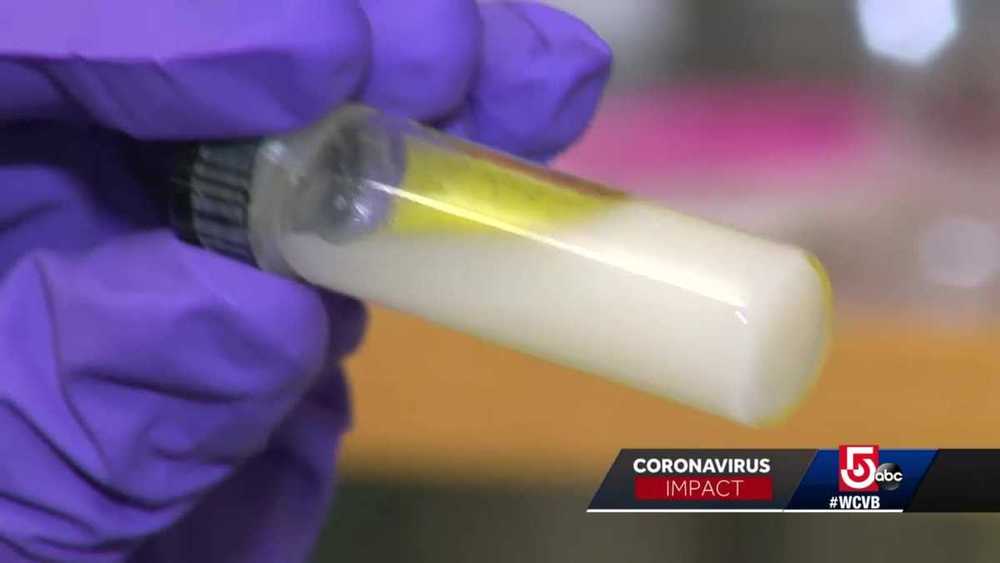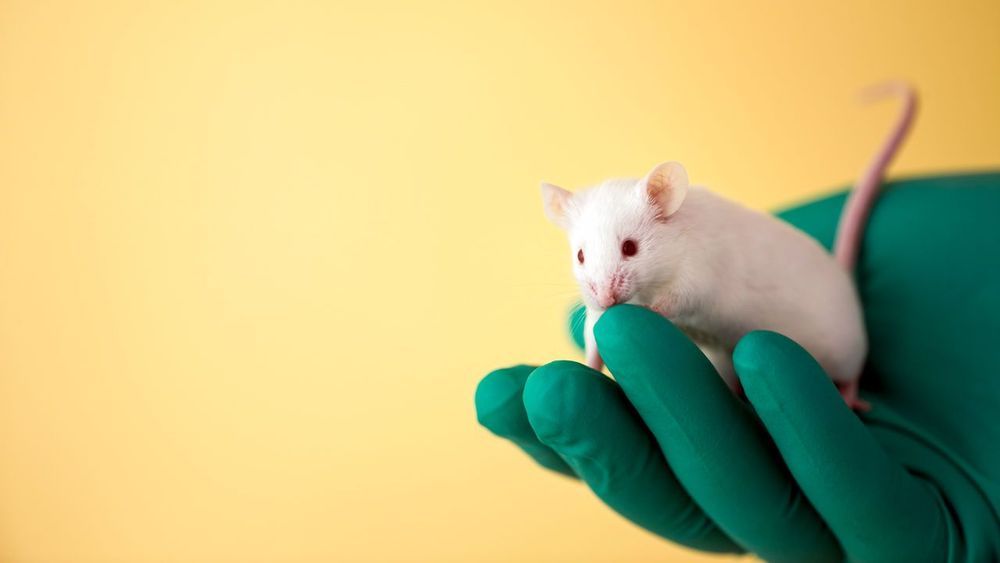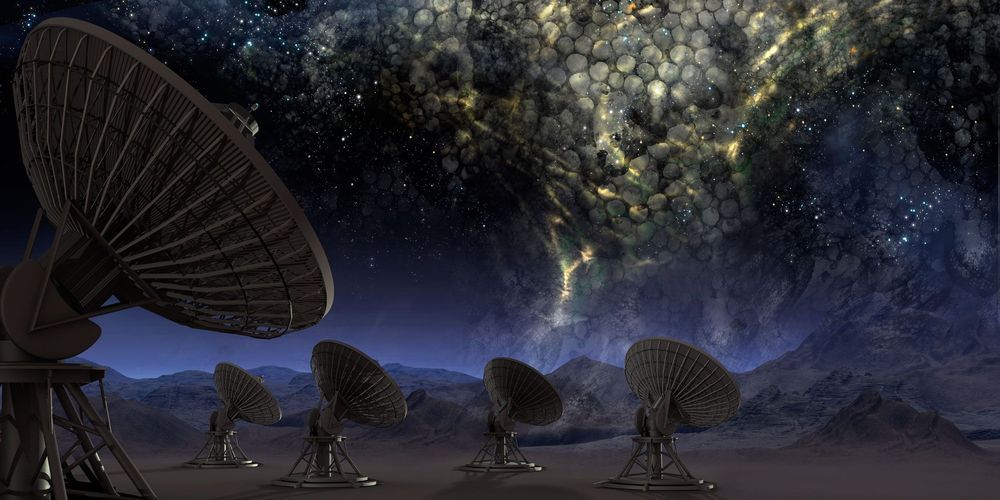Oct 15, 2020
Could Schrödinger’s cat exist in real life? Our research may soon provide the answer
Posted by Quinn Sena in categories: mathematics, particle physics, quantum physics
Have you ever been in more than one place at the same time? If you’re much bigger than an atom, the answer will be no.
But atoms and particles are governed by the rules of quantum mechanics, in which several different possible situations can coexist at once.

















